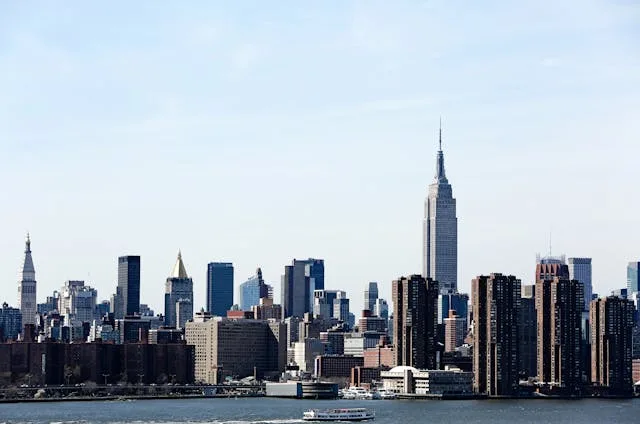In a startling 2025 study, scientists have found that New York City is slowly sinking under the colossal weight of its own buildings. According to research published in the journal Earth’s Future, the total mass of NYC’s skyscrapers—estimated at 760 billion kilograms—is placing immense pressure on the ground, causing gradual subsidence.
The study, led by USGS geophysicist Tom Parsons, reveals that the city’s ground level is dropping at an average rate of two millimeters per year. The effect is more pronounced in areas with softer, clay-rich soils—such as Manhattan, Brooklyn, and Queens—where the sinking can reach up to four millimeters annually.
While the shift may sound minimal, over a decade it adds up to nearly two centimeters, and over multiple decades, the cumulative effect becomes a potential threat to infrastructure—especially in the face of rising sea levels and increased flood risk due to climate change.
This silent subsidence isn’t easily visible to the human eye but presents a growing concern for civil engineers and urban developers. The slow pace offers some reassurance—giving authorities time to adapt infrastructure plans and reinforce vulnerable zones.
Parsons emphasizes that the goal is not panic but preparation. Knowing the ground beneath New York is in motion can influence smarter, more resilient city design for the future.
New York’s iconic skyline may symbolize strength, but this study is a powerful reminder that even cities must bow to the weight of time—and gravity.


